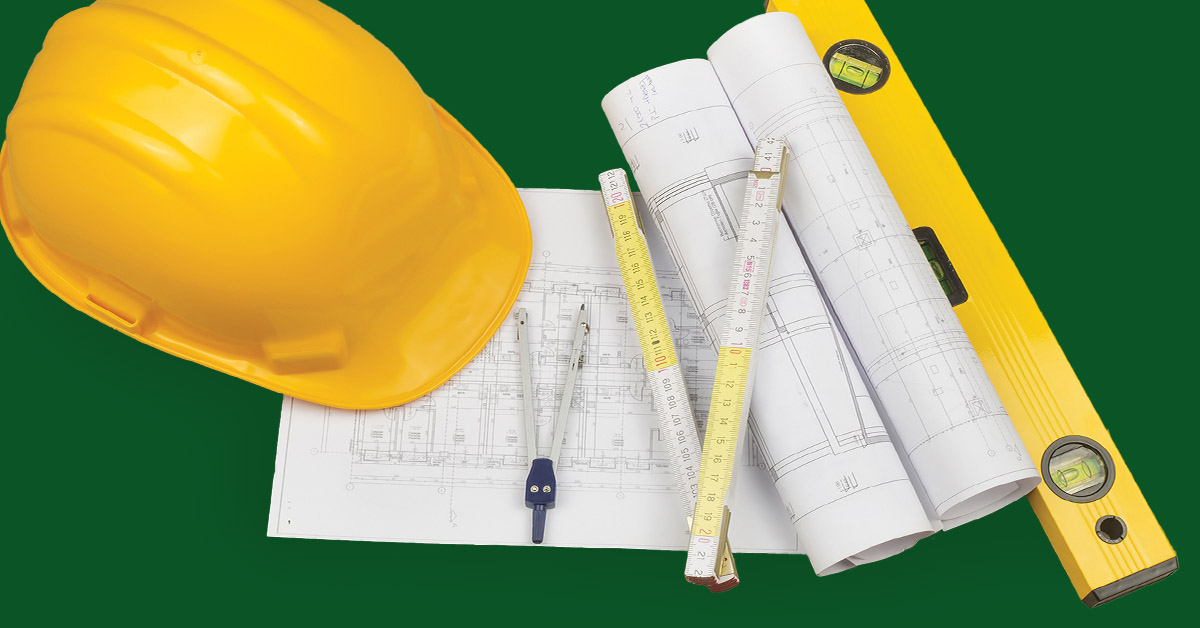There have been endless stories about adaptive-reuse plans for the nation’s growing supply of zombie office buildings, hotels and motels that stand empty or close to it. Across the country, developers and city officials are making plans, some quite ambitious, to remake parts of city centers by converting high-rise office space into apartment buildings. Other developers, meanwhile, are talking about repurposing some buildings for industrial or other uses.
There is no end to the projects underway, including an ongoing adaptive-reuse plan for Los Angeles, which has been active since 1999, mostly in the city’s downtown core. In the first 15 years of the program, more than 12,000 housing units were developed, many in converted bank buildings. This year, planners have decided to expand the program citywide.
“We are in the Wild West with these projects, and developers like predictability and certainty in what they do.”
– Brooks Howell, residential leader and principal, Gensler
In Chicago, former mayor Lori Lightfoot is championing the LaSalle Street corridor revitalization, a massive $1 billion project that will repurpose 2.3 million square feet of vacant space in the city’s famed central business district into 1,600 mixed-income apartments. New York City also has a conversion program in place, but officials this year proposed state and city zoning changes that would extend flexible conversion regulations to an additional 136 million square feet of office space.
Many academic groups and private research firms are joining up with the adaptive-reuse movement. Many believe this process is a partial answer to the nation’s housing problem. A 2022 Rand Corp. report, for instance, identified 2,300 commercial properties in the Los Angeles area that, if fully utilized for residential purposes, could produce between 72,000 and 113,000 apartments, depending on the mix of unit sizes. This would equate to 9% to 14% of the housing units that Los Angeles County will need to produce by 2030. The report found that adaptive-reuse projects to convert hotel and motel rooms into studio apartments is typically a lower-risk proposition than converting office and retail spaces.
For all the excitement about such projects, however, there isn’t as much activity happening as one might expect. CBRE found that an average of 41 office conversions were completed annually between 2016 and 2022. The real estate services company estimates that the number of projects is expected to double, due to increased incentives and other help from state and local governments.
There are many difficulties for these projects to overcome, but the one aspect that may be insurmountable for many buildings is that the projects don’t tend to pencil out. Most office building conversions are too expensive to make the process financially feasible.
“There’s a lot of ink being spilled on this subject right now,” says Brooks Howell, residential leader and principal at Gensler, a global architecture, design and planning firm. “But the biggest challenge is the major cost mismatch. These buildings are going to have to sell really, really cheaply to make conversions work.”
Howell points to many parts of the building that can be problematic, including the size of the property. The sweet spot for most apartment buildings is about 350,000 square feet, which allows for the greatest efficiency in using all of the space. Larger buildings often need to be mixed-use projects with some floors remaining as office space. This is a problem because, under current circumstances, the office space may not have tenants and would essentially be unused, reducing the value of the building.
But there are many other problems with conversions, from replacing the skin of the structure, to putting in windows that open or adding balconies, which endanger the integrity of the facade. Other than the building itself, there are a variety of zoning regulations that vary from city to city which can upend a project.
There are also mechanical issues. Howell says that some of the reasons that office-to-apartment conversions are so expensive aren’t always the obvious ones. For example, it’s common to single out plumbing and other infrastructure aspects needed for apartments. Howell maintains that plumbing is a set cost and not as much of a problem as the building’s mechanical systems, including heating and air conditioning, which may cost tens of thousands of dollars per apartment unit if upgrades are needed.
“We are in the Wild West with these projects, and developers like predictability and certainty in what they do,” Howell says. “And you’ve introduced more unpredictability and uncertainty in this process. Not a lot of developers are comfortable with that, and I think that’s really what’s slowing the process.”
Due to the added costs, Howell maintains that most, if not all, of the buildings currently being converted are receiving some form of tax credits, usually because the properties are considered historic. It’s the only way for the numbers to make sense. He believes that for more conversions to work, it will require a coordinated effort by federal, state and local governments to develop tax breaks and other forms of financial incentives.
“The federal government is going to have to come up with some plan that allows this process to move quicker,” Howell says. “I’d love to see them step in and incentivize the conversion process. There are many reasons for it, including the fact that converting buildings is the most carbon-neutral way to build housing.
“The question is, how do we overcome all the different roadblocks? There is no coordinated and concerted effort to solve these problems, and there’s not one entity that seems to be in control.” ●








